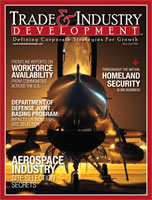Department of Defense Joint Basing Program
The year 2010 marks a mid-point in the U.S. Department of Defense’s initiative to consolidate 26 stateside military installations into 12 joint bases. These consolidations are impacting public and private sector support services and related defense industry site availability through community-based land use plans, evolving joint procurement processes, and performance-based management. more....


